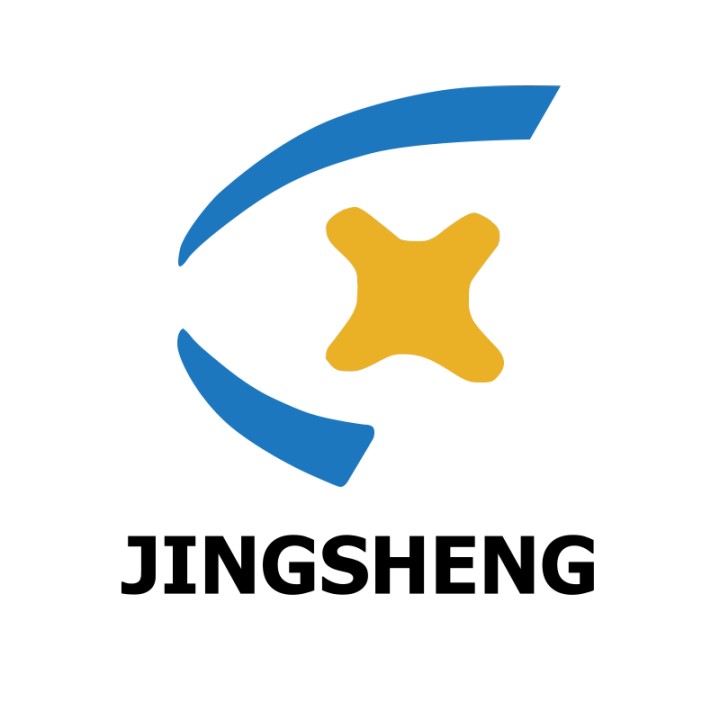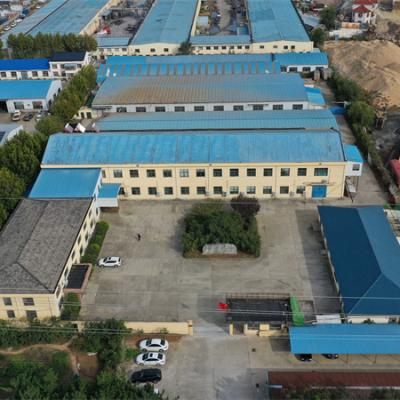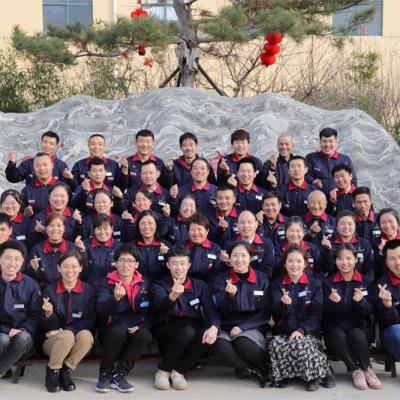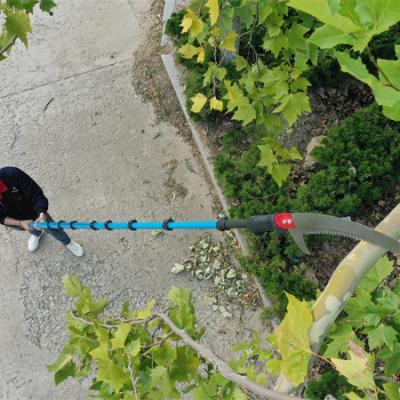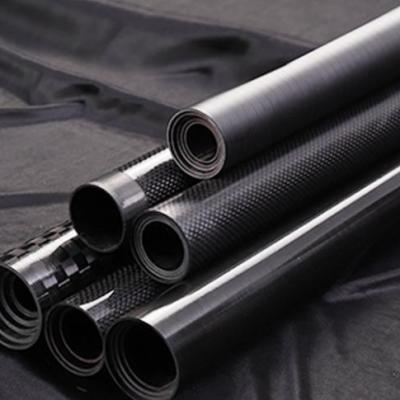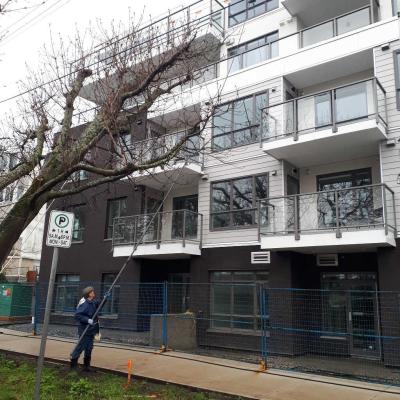Roll wrapping is a popular manufacturing process used in the carbon fiber tube industry to produce high-quality and precise carbon fiber tubes. It involves the winding of carbon fiber pre-preg material onto a mandrel or core using a machine that rotates the mandrel while the carbon fiber material is wrapped around it. The pre-preg material is a composite material that is made up of carbon fiber and a resin matrix that is partially cured, which ensures that the carbon fiber is impregnated with the resin and makes the final product stronger and more durable.
The process of roll-wrapping a carbon fiber tube typically involves several steps. The exact number of steps can vary depending on the specific manufacturing process and the desired characteristics of the final product. However, I'll outline a general sequence of steps involved in the roll-wrapping process for a carbon fiber tube:
1. Preparation of the Mandrel: A mandrel is a core around which the carbon fiber will be wrapped. It is usually made of metal or other materials with a smooth surface. The mandrel needs to be properly cleaned, prepared, and sometimes coated with a release agent to ensure easy removal of the finished tube.
2. Preparation of Carbon Fiber: The carbon fiber material is typically supplied in the form of sheets, tow (bundles), or fabric. Before wrapping, the carbon fiber may need to be pre-cut into suitable widths or shapes, depending on the desired orientation and design of the final tube.
3. Roll-Wrapping: The carbon fiber material is carefully wrapped around the mandrel using a rolling process. The orientation of the carbon fiber plies can be adjusted to achieve specific mechanical properties in different directions (axial, hoop, or bias).
4. Consolidation and Compression: Once the carbon fiber is wrapped around the mandrel, the layers need to be consolidated and compressed to ensure good bonding between each layer and remove any trapped air or voids. The heat resistant tape is used to cover the product.
5. Curing or Hardening: If a resin is used, the tube may need to be cured or hardened. Curing can be accomplished through various methods, such as oven curing, autoclave curing, or using other heat and pressure application techniques.
6. Trimming and Finishing: After the curing process, the tube is removed from the mandrel. Excess material is trimmed off, and the ends of the tube may be finished and shaped as needed.
7. Quality Control: Throughout the process, quality control checks are performed to ensure the final carbon fiber tube meets the required specifications and standards. This may involve dimensional checks, non-destructive testing, visual inspection, and other testing methods.
This is how our factory make the roll wrapping carbon fiber tubes. Please keep in mind that the process may differ based on the specific manufacturing techniques and equipment used by different manufacturers. Additionally, some steps may be combined or modified depending on the complexity of the tube and the intended application by other manufacturers.
During the roll wrapping process, the carbon fiber material is wrapped around the mandrel at a specific angle, known as the winding angle, which determines the final properties of the tube. The winding angle can be adjusted to achieve the desired strength, stiffness, and weight of the tube. After the carbon fiber material has been wrapped around the mandrel, it is then cured in an oven to fully cure the resin matrix, which results in a strong and durable carbon fiber tube.
Roll wrapping is a highly versatile and customizable process that can be used to create carbon fiber tubes of different shapes, sizes, and properties. This process is widely used in various industries, such as aerospace, automotive, marine, sports equipment, and more, where lightweight, high-strength, and corrosion-resistant materials are required.
There are several advantages to using the roll wrapping process to manufacture carbon fiber tubes:
Precise control over fiber orientation: Roll wrapping allows for precise control over the fiber orientation of the carbon fibers, which can be tailored to specific applications. The winding angle of the fibers can be adjusted to provide maximum strength and stiffness, which results in a high-performance and durable carbon fiber tube.
High-quality finish: The roll wrapping process produces a high-quality finish on the carbon fiber tube, which is smooth and uniform, with no seams or imperfections. This results in a high-quality appearance that is ideal for use in applications where aesthetics are important.
Customizable shapes and sizes: Roll wrapping can be used to create carbon fiber tubes in various shapes and sizes, including tapered tubes, rectangular tubes, and oval tubes. This makes the process highly customizable and versatile, with the ability to create tubes that meet specific design requirements.
Consistent and repeatable: Roll wrapping produces consistent and repeatable results, which ensures that the carbon fiber tubes are of high quality and meet the required specifications. This makes the process ideal for high-volume production.
Cost-effective: Roll wrapping is a cost-effective manufacturing process compared to other methods, such as filament winding or autoclave curing. This makes it an ideal choice for applications where cost is a key consideration.
In summary, the roll wrapping process offers several advantages for manufacturing carbon fiber tubes, including precise control over fiber orientation, high-quality finish, customizable shapes and sizes, consistency, and cost-effectiveness. These advantages make it a popular choice for a range of applications across various industries.
